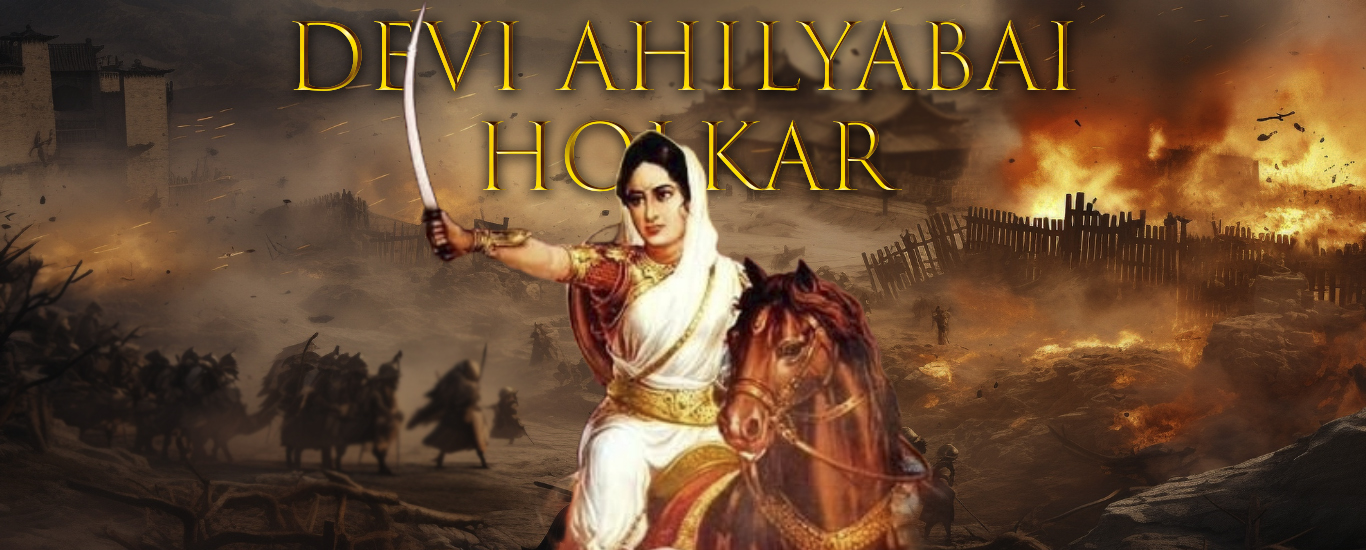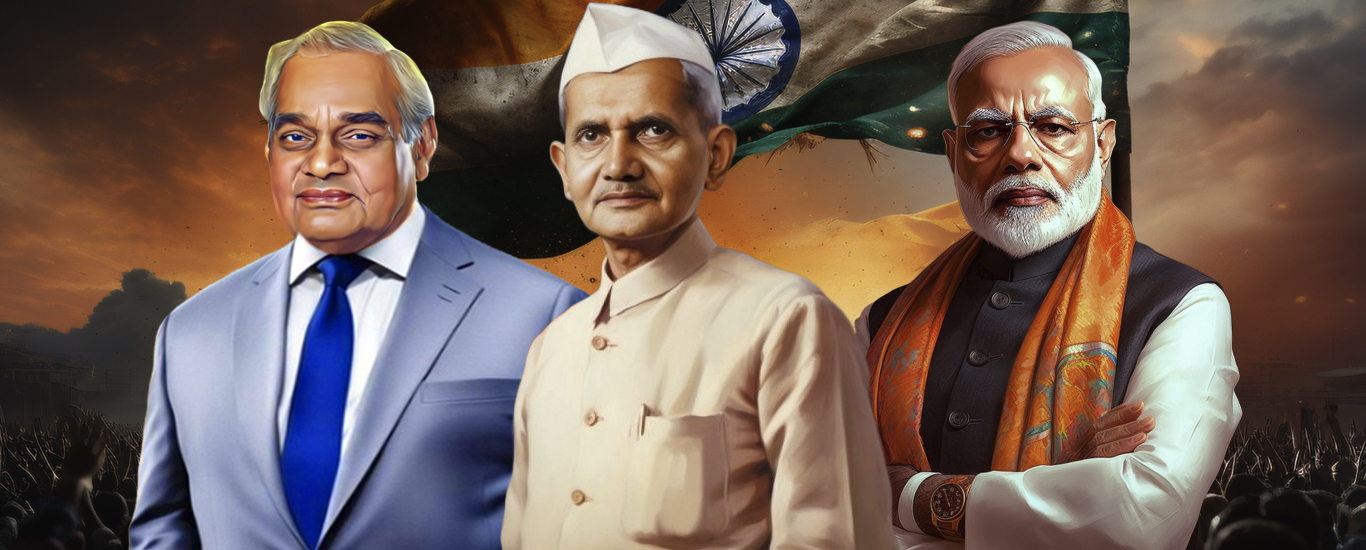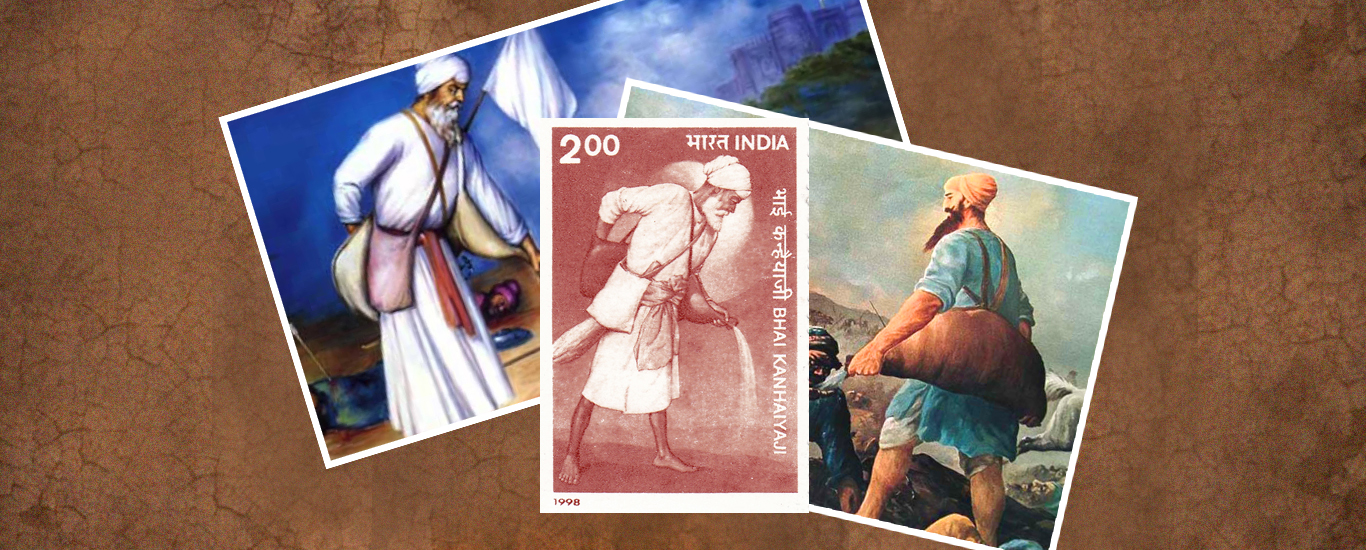Lal Bahadur Shastri – The Great Prime minister of India in its struggling days
The basic idea of governance, as I see it, is to hold the society together so that it can develop and march towards certain goods. Those who can see how the people react to administration. Ultimately, the people are the final arbiters – Lal Bahadur Shastri.
Lal Bahadur Shastri was the real son of India and was there for the society and the people of India. He was the second prime minister of India and was the only prime minister of India who made no money and led a simple life just like a common man. He was the first Prime Minister to lead a successful victory in the times of war. It was also him who propagated the White Revolution.
Early Life
Born on 2nd October 1904, he struggled throughout his journey of life due to poverty. He was just the age of 1 when his father Sharda Prasad passed away. His family had to pass through a life of poverty. It was very difficult to earn a livelihood at that time. Lal Bahadur Shastri had a deep self-respect for himself when he was a child. His small town schooling was not so wonderful in any way but he had a happy enough childhood leaving aside the poverty that obsessed him.
As to go to high school he was sent to live with an uncle in Varanasi. He was called Nanhe, or ‘little one’. Even when the streets burned in the summer’s heat he walked a long way to school without shoes.
Lal Bahadur Shastri became much curious about the country’s struggle for freedom from foreign interconnection as he grew up. He was very much impressed by Mahatma Gandhi’s criticism of Indian Princes for their support of British rule in India. At that time Lal Bahadur Sashtri was only eleven.
He was sixteen when Gandhiji called upon his natives to join the Non-Cooperation Movement. He thought of giving up his studies with reference to the Mahatma’s call. This opinion of him broke his mother’s hopes. The family could not discourage him from what they thought was a terrible course of action. But he has already made up his mind. Everybody who was close to him knew that once it was made up he would never change his mind.
Lal Bahadur Shastri attended the Kashi VidyaPeeth in Varanasi. This was one of the many national institutions set up in opposition to British rule. There, he came under the strength of the greatest intellectuals, and nationalists of the country. The Vidya Peeth awarded him ‘Shastri’ which was the bachelor’s degree awarded to him but has stuck in the minds of the people as part of his name.
He was against untouchability and poverty. Shasthri said India will have to hand down heads in shame even if one person is left, which is said in any way to be unpredictable. He wanted an equal society in India without discrimination on the basis of caste and religion. Along with being a prime minister and the common man he was a noble father.
As Prime Minister of India
Jawaharlal Nehru dominated the Congress Party from 1951 until his death in 1964, which won massive victories in the elections of 1951–52, 1957, and 1962. The party united in 1964 to elect Lal Bahadur Shastri. So that Jawaharlal Nehru was succeeded by a gentle and soft-spoken Lal Bahadur Shastri on 9 June, 1964. Even though there were more influential leaders within the ranks of Congress, Shastri appeared as the consensus candidate after the unexpected death of Nehru. Shastri was a supporter of Nehruvian socialism and showcased extraordinary cool under terrible situations.
Shastri took up many basic problems like unemployment, food shortage and poverty. To suppress the intense food shortage, Shastri enquired the experts to plan a long-term strategy. This led to the commencement of the famous “Green Revolution”. He was also instrumental in promoting the White Revolution apart from the Green Revolution. In 1965, the National Dairy Development Board was formed during Shastri’s stint as Prime Minister.
When Lal Bahadur Shastri became the prime minister of India his first words were these” There comes a time in the life of every Nation when it stands at the crossroads of history and must choose which way to go. But for us there needs to be no difficulty or hesitation, no looking to the right or left. Our way is straight and clear”
Within the first year Pakistan waged war against India then President of Pakistan IOC and estimated the leadership of Shastri. The soft-spoken and humble Shastri led India to victory. His slogan of “Jai Jawan Jai Kisan” became very popular and is remembered even today. When India had the upper hand in the war and Indian forces were approaching Lahore, the USA and Soviet Union intervened and called for a mandatory cease fire through the United Nations. After all they were afraid of the war escalating and other countries getting drawn into another world war. India and Pakistan agreed to a cease fire and they also decided to meet and sign an official declaration to mark the end of the Indo Pak war. Both countries agreed to meet on neutral ground. A day after signing the declaration Shastri is said to have had a heart attack and passed away.
Lal Bahadur Shastri smartly side-stepped the Chinese threat in 1965
There was a battle along the Indo-China border with either sides building up troops. On a daily basis, China was facing rising threats. India has mentioned that it has made its part clear and it will not permit the Chinese to build a motorable road till the tri-junction through the Bhutanese territory of the Doklam plateau.
China had denied to deal with India while in the days of Jawaharlal Nehru as far as the affairs of Sikkim and Bhutan. In a letter dated March 22 1959, Nehru had written to the Chinese about the same. The then Chinese premier Zhou Enlai in his reply said that the Sikkim-Tibet boundary does not fall within the scope of present discussions. China said that these were just colonial hangovers, when India continued to stress that it has treaty rights to represent both Sikkim and Bhutan. In 1975, when India included Sikkim as a state, China had said that they would never recognize this union. China had made a strongly worded warning to India in 1965. China said that if India did not abolish all violent military structures on the Sikkim-Tibet boundary, it would be a reason for all outcomes. Lal Bahadur Shastri the then Prime Minister smartly sidestepped the threat. He said if the bunkers were on the Chinese side they were well within their rights to demolish them.
Death
He was very poor when he died. All that he owned at the end of his life was an old car which she actually had bought installments from the government.
On 11 January, 1966, Lal Bahadur Shastri, who had overcome two heart attacks earlier, died of a third cardiac arrest. He became the only incumbent Indian Prime Minister to have died overseas. In 1966, Lal Bahadur Shastri was awarded the Bharat Ratna, posthumously India’s highest civilian award.
Mystery behind his death
Shastri’s wife Lalita Shastri alleged that he was poisoned and demanded an enquiry. As per reports no postmortem was conducted on Shastri ji body. However, dark blue spots and cut marks were found on his abdomen. His son Sunil had raised questions regarding them. Shastriji’s daughter was the last one from the family to talk to him. His last words to her was” I am going to have a glass of milk and sleep”. The line got disconnected and Suman tried again. However when she got through 15 minutes later she was told her father was dead.



